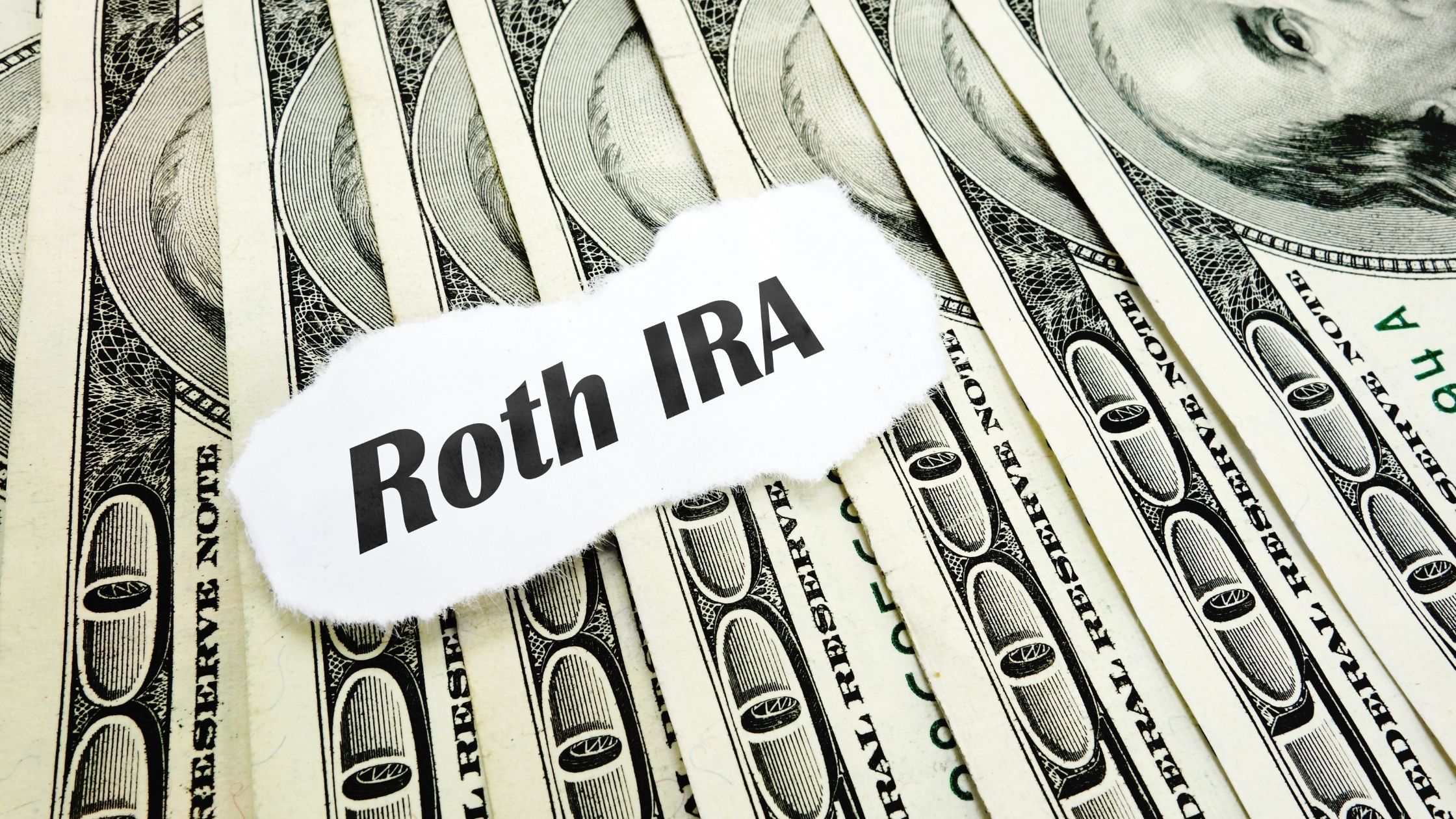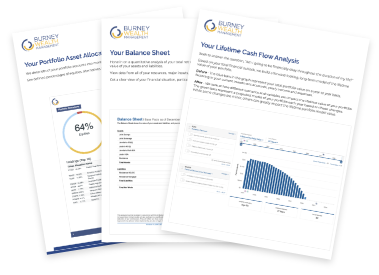Does a Roth Conversion Strategy Make Sense for You?

The Roth IRA was born out of the Taxpayer Relief Act of 1997 due to the efforts of Senators Bob Packwood and William Roth. While Packwood was no longer in the Senate in 1997, the two senators recognized the need for additional options in managing retirement income as society moved away from pensions and towards self-directed retirement plans. The key benefit of the Roth IRA is that money grows tax-free and withdrawals can be taken tax-free in retirement as contributions are made after taxes are paid on income.
Today, Roth IRA’s are a vital part of successful retirement planning. Unfortunately, many exceed the various contribution limitations during their working years. As a result, they are left with a significant portion of their wealth in tax-deferred rather than tax-free retirement accounts.
This doesn’t become a noticeable problem until the age of 70 ½ when Required Minimum Distributions (RMD’s) start. Being required to take an RMD alongside pensions, social security, and other passive income sources can quickly bump retirees into a higher tax bracket than planned, unnecessarily diminishing the real dollars received from their investments.
The same issue occurs when tax deferred accounts are inherited since the individual inheriting the money will also be required to take RMD’s. Fortunately, converting a tax-deferred account to a Roth IRA is an option. Traditional IRA account holders have the option to pay taxes on funds in their tax-deferred account now to move them into a Roth IRA where future distributions will not be taxed.
Recent tax law changes pushing tax rates to historically low levels make Roth conversions an even more attractive retirement strategy that can help maximize wealth and simplify legacy planning.
The process of converting the account is simple, however the considerations that go into the decision and the best way to execute the strategy can be complex. It is important to make this decision within the context of a complete retirement plan. Considerations such as your projected retirement income, different assets, location and goals for legacy planning are all key factors that need to be considered before implementing a conversion strategy.
For some, the right plan is to convert small portions of their IRA account each year to take advantage of lower tax brackets before entering a higher one. For others, converting large amounts in years when income is lower than normal can be advantageous. It is important to be dynamic with your finances and work with the right advisor to formulate and implement a Roth conversion strategy to pay dividends into the future.
The Burney Company is an SEC-registered investment adviser. Burney Wealth Management is a division of the Burney Company. Registration with the SEC or any state securities authority does not imply that Burney Company or any of its principals or employees possesses a particular level of skill or training in the investment advisory business or any other business. Burney Company does not provide legal, tax, or accounting advice, but offers it through third parties. Before making any financial decisions, clients should consult their legal and/or tax advisors.




